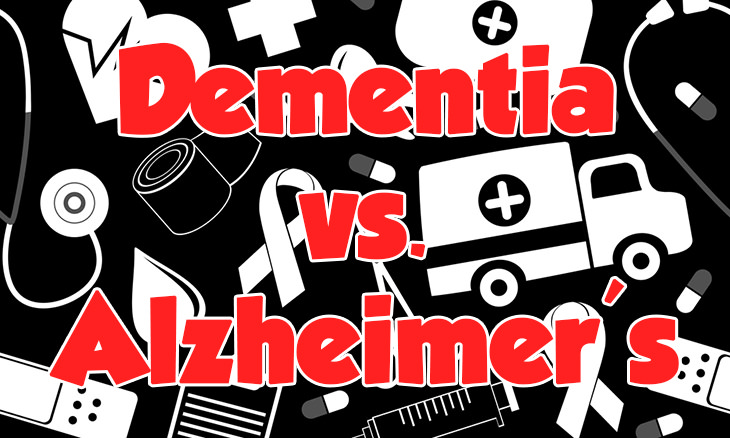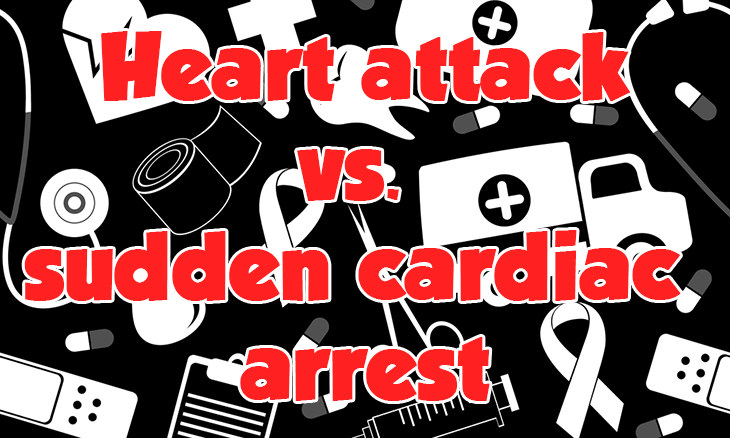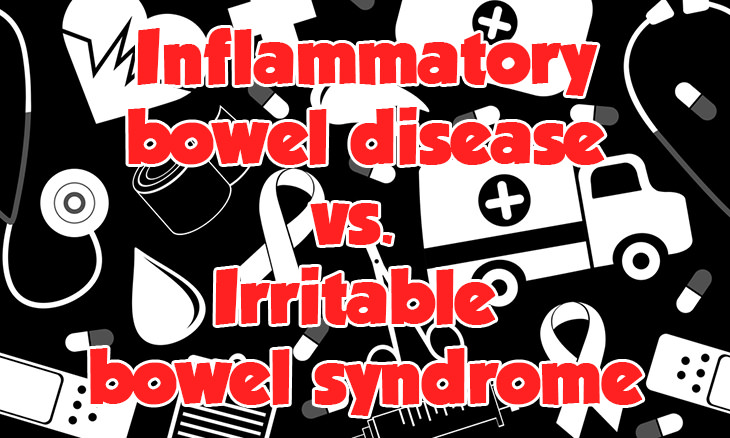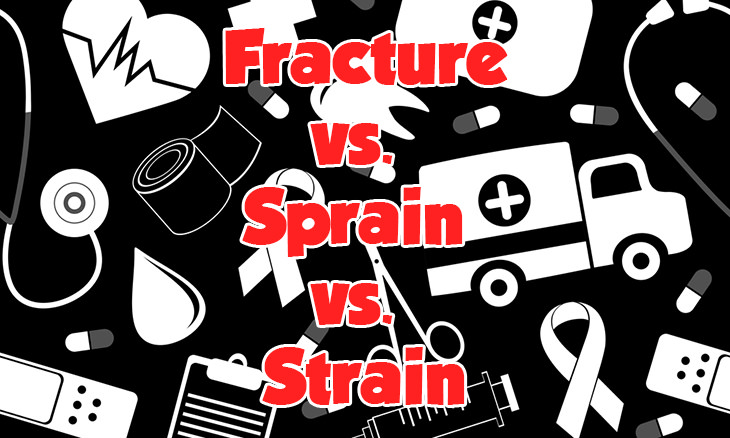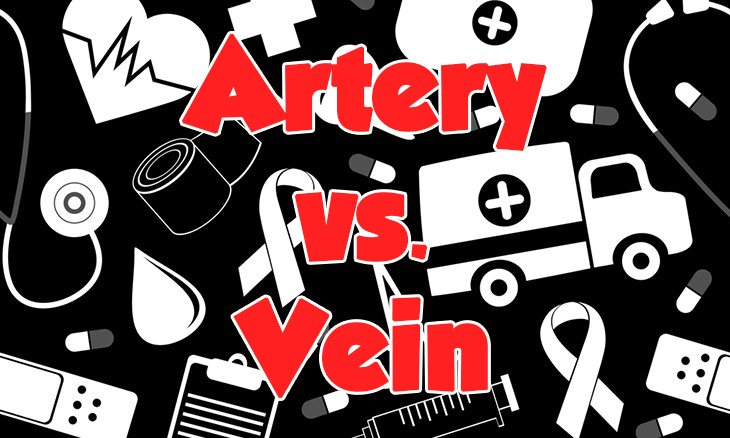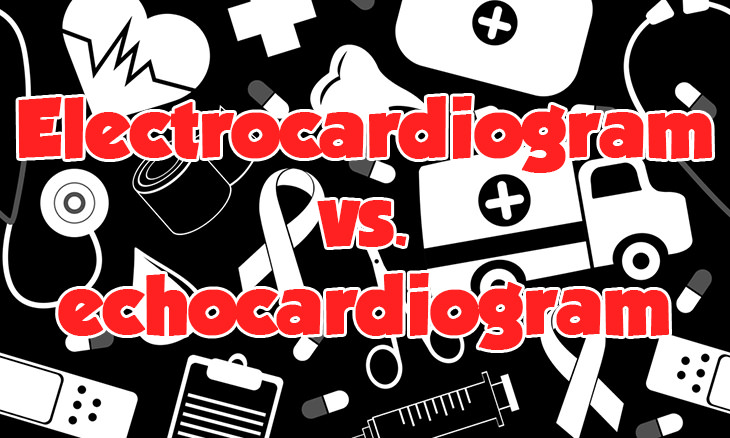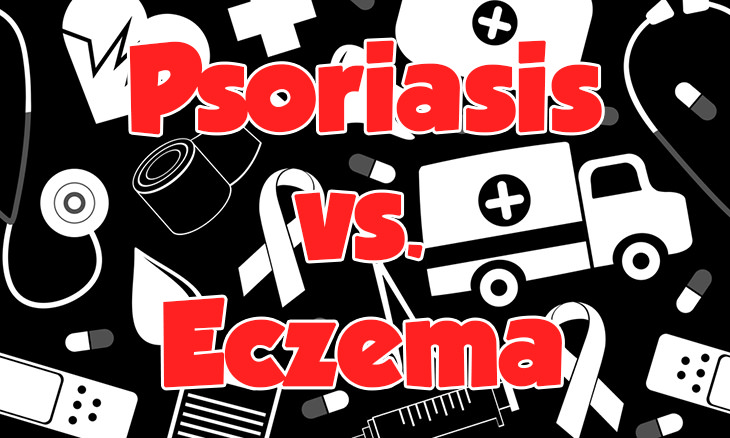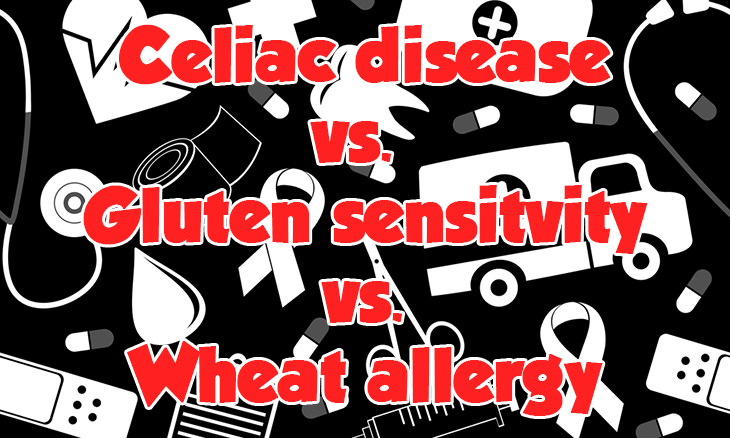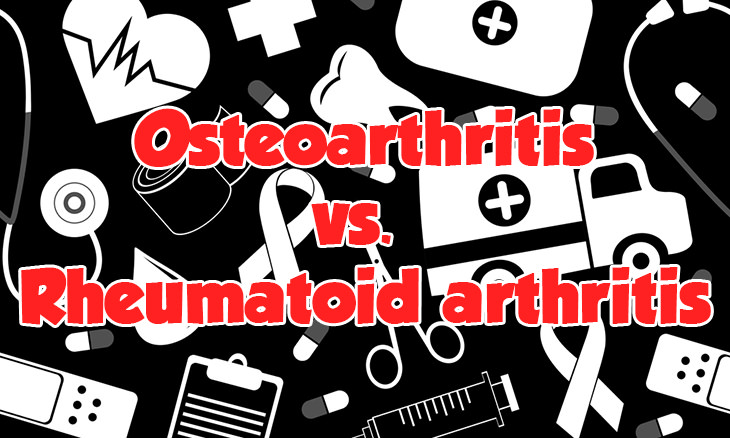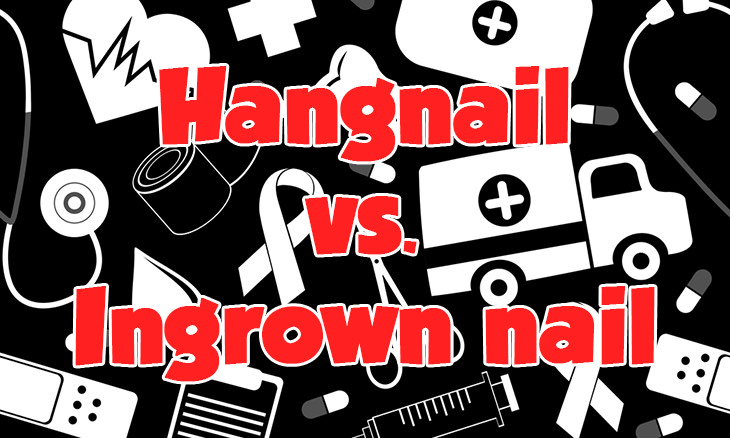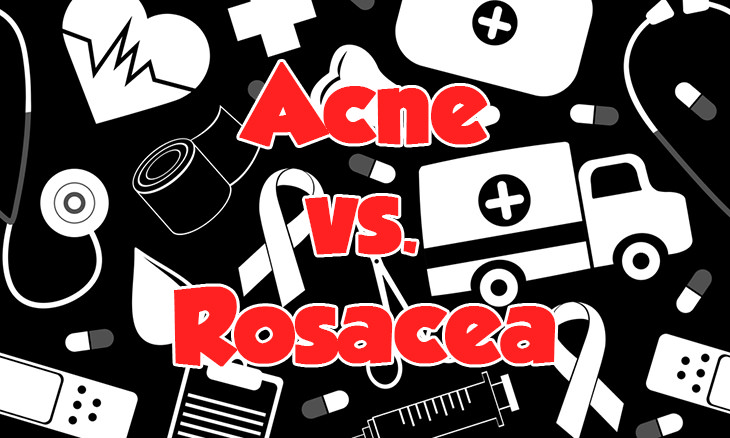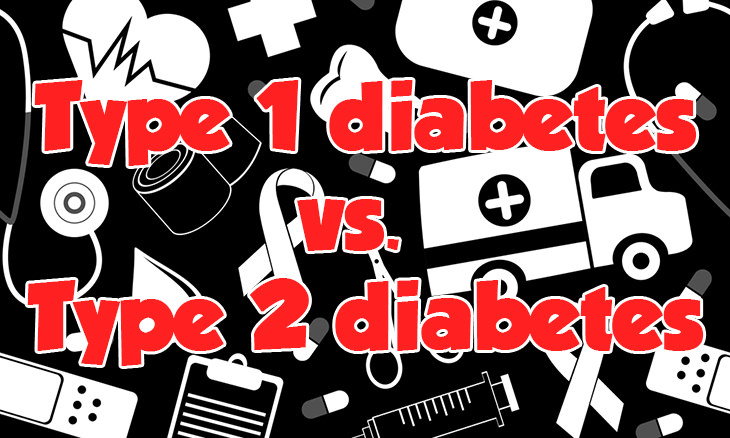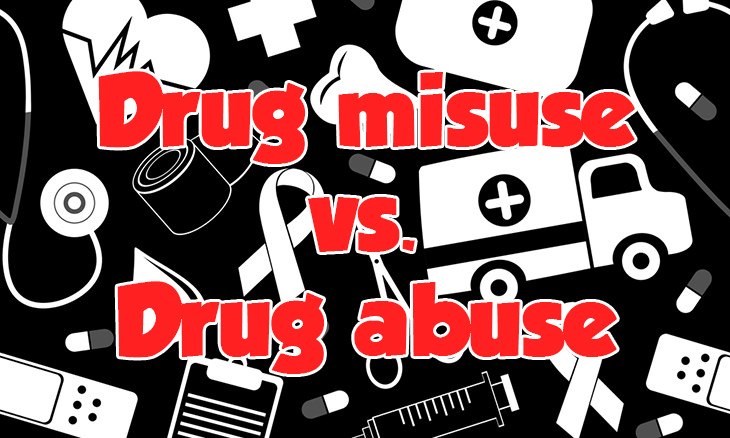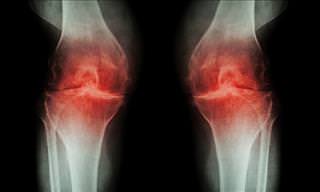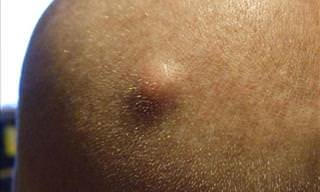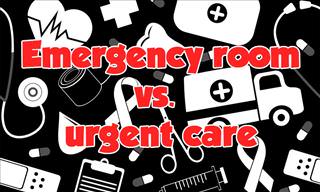1.
Commonalities: Both sound like they necessitate tending to an immediate medical condition.
Emergency room: Quick or advanced treatments that you can only get at a hospital. Should you have difficulty breathing, severe abdominal or chest pain, eye or head injuries or cuts deep enough for stitches, those ailments require the attention of an emergency room.
Urgent care: Should you be suffering from a fever, sore throat, nausea or a shallow cut, but cannot make an appointment with your regular physician, then you require urgent care.
2.
Commonalities: People use them so interchangeably that the distinction between their definitions has become blurred.
Dementia: An umbrella term for a group of symptoms that affect cognitive function.
Alzheimer’s: Just one of the diseases that could potentially be behind a patient’s dementia. It leads to a slow decline in memory and cognitive function.
3.
Commonalities: Both are evidently heart-related and could lead to a sudden death.
Heart attack: Caused by blocked arteries that are unable to deliver oxygen-rich blood to the heart, which results in the death of its muscle cells. It can feel like pressure or pain in the chest, indigestion, or make your heart beat very rapidly.
Sudden cardiac arrest: This can happen during a heart attack, or separately to a heart attack. It refers to the heart’s electrical system malfunctioning, causing the organ to beat far too fast, thus making its chambers quiver and negating its ability to deliver blood to the rest of the body.
4.
Commonalities: Both refer to medical problems with the bowel.
IBD: This is a disease marked by ulcers, extreme fatigue, and rectal bleeding. It is the more serious of the two conditions.
IBS: This is a functional disorder with the digestive system. Everything still looks normal, but sufferers tend to experience bloating, cramps and stool problems.
5.
Commonalities: They’re all ailments that are normally associated with limbs.
Fracture: Another word for a broken bone, regardless of severity.
Sprain: When the ligaments that keep the body’s bones in place get torn from being twisted or stretched too far.
Strain: Overstretching that damages muscles or tendons connecting muscle to bone.
6.
Commonalities: Both deliver blood.
Artery: Deliver oxygen-rich blood from the heart to the rest of the body.
Vein: Returns blood pumped by arteries to the rest of the body to the heart for purification.
7.
Commonalities: Both are noninvasive tests that are designed to identify heart problems.
EKG: Shows the heart’s electrical activity as wavy lines on a piece of paper.
ECG: An ultrasound scan that creates a moving picture of the heart pumping blood. It aims to locate tumors, blood clots, infections and more.
8.
Commonalities: Both result in breakouts of itchy, scaly and red rashes on the hands, feet, and neck.
Psoriasis: Unlike eczema, it can also present on the elbows and knees. Red patches are usually covered with silvery scales.
Eczema: Develops before the age of five in most people, and is often found on the back of the knees or the insides of the arms. Small, pimple-like bumps can ooze and crust over, distinguishing eczema from psoriasis.
9.
Commonalities: Both are to do with rates of blood flow in the body.
Blood pressure: The force of blood against artery walls from blood pumping through the body.
Heart rate: The number of times a heart beats in one minute. A faster heartbeat doesn’t necessarily mean high blood pressure.
10.
Commonalities: All of these terms refer to problems with digestion.
Celiac disease: An autoimmune disorder affecting just 1% of people. Individuals that have celiac disease experience immune system attacks on the small intestine when they eat gluten, which causes inflammation in the small intestine.
Gluten sensitivity: Although it hasn’t been studied much, non-celiac gluten sensitivity is often associated with bloating, gas, abdominal pain, headaches, and numbness. These symptoms tend to go away.
Wheat allergy: An allergy to the wheat protein itself. Individuals with a wheat allergy can eat gluten from other sources.
11.
Commonalities: They’re both types of arthritis.
Osteoarthritis: Causes achy joints, but there’s usually no swelling associated with it. It tends to appear later in life after the joints have been worn down following a lifetime of use.
Rheumatoid arthritis: A much less common disease in which the immune system attacks the joints. Symptoms include pain, swelling, and fatigue.
12.
Commonalities: Both refer to problems with nails.
Hangnail: A piece of skin that detaches from the side of one’s cuticles. It can be treated by snipping it off with a pair of cuticle scissors.
Ingrown nail: These develop when the side of one’s nail burrows into the skin instead of growing over it. They’re more common on the feet than on the hands.
13.
Commonalities: They’re all slimy bodily fluids.
Mucous: This is actually an adjective, as in “the mucous membranes secrete mucus”
Mucus: A fluid that captures dirt and dust before it can get to the lungs. It’s also the stuff that comes out of your nose when you have a cold.
Phlegm: A fluid that’s produced in the lower airways, which usually presents itself when you have a loose cough, or if you smoke.
14.
Commonalities: Both are skin-related problems.
Acne: Caused by hormones that make the skin extra oily, thus causing outbreaks of spots on the face (although it can present on other parts of the body too). The bane of many a teenager the world over.
Rosacea: A chronic inflammatory disease that looks similar to acne, but isn’t. It can also lead to red cheeks, noses and facial swelling in sufferers.
15.
Commonalities: They’re both types of diabetes, a medical problem related to the production of insulin in the body.
Type 1 diabetes: Some 5 to 10% of all diabetes sufferers have Type 1. It usually develops in childhood and involves the immune system attacking insulin-releasing cells, meaning that the body doesn’t have the insulin it needs.
Type 2 diabetes: Usually presents later in life thanks to an unhealthy lifestyle. It can be prevented with a healthy diet and exercise. Insulin is still produced by the body, however, it cannot use it correctly.
16.
Commonalities: Both are related to blood getting into the skull (when it shouldn’t).
Aneurysm: A weak, bulging area in the artery walls that’s normally asymptomatic. If it breaks, however, blood can into the skull, causing a stroke.
Stroke: Although strokes can be caused by aneurysms, they usually occur when a blocked artery prevents blood from reaching the brain.
17.
Commonalities: Both are related to diverticula, which are little pockets that form on the wall of the small intestine.
Diverticulosis: A symptom-free condition.
Diverticulitis: Occurs when the diverticula become infected and inflamed. Diverticulitis can cause cramps, diarrhea, constipation, and fever.
18.
Commonalities: Both are forms of drug consumption that can lead to serious health problems and even death.
Drug misuse: Taking more than the recommended dose of a drug to seek out its medical effects, for example taking an extra sleeping pill in the event that the first one doesn’t work.
Drug abuse: The consumption of either legal or illegal drugs with the sole objective of getting as high as a kite.
Content source
Art by Jake Schembri
 Go to BabaMail
Go to BabaMail



